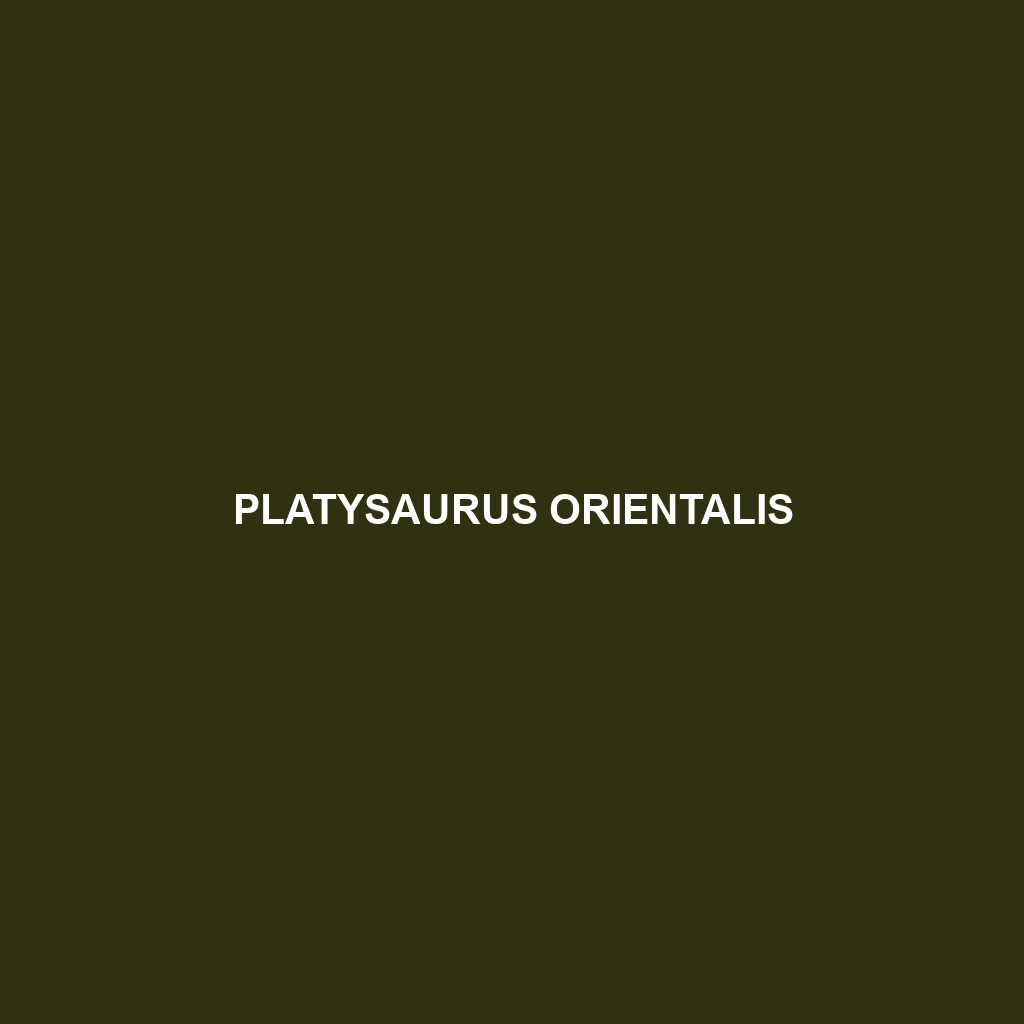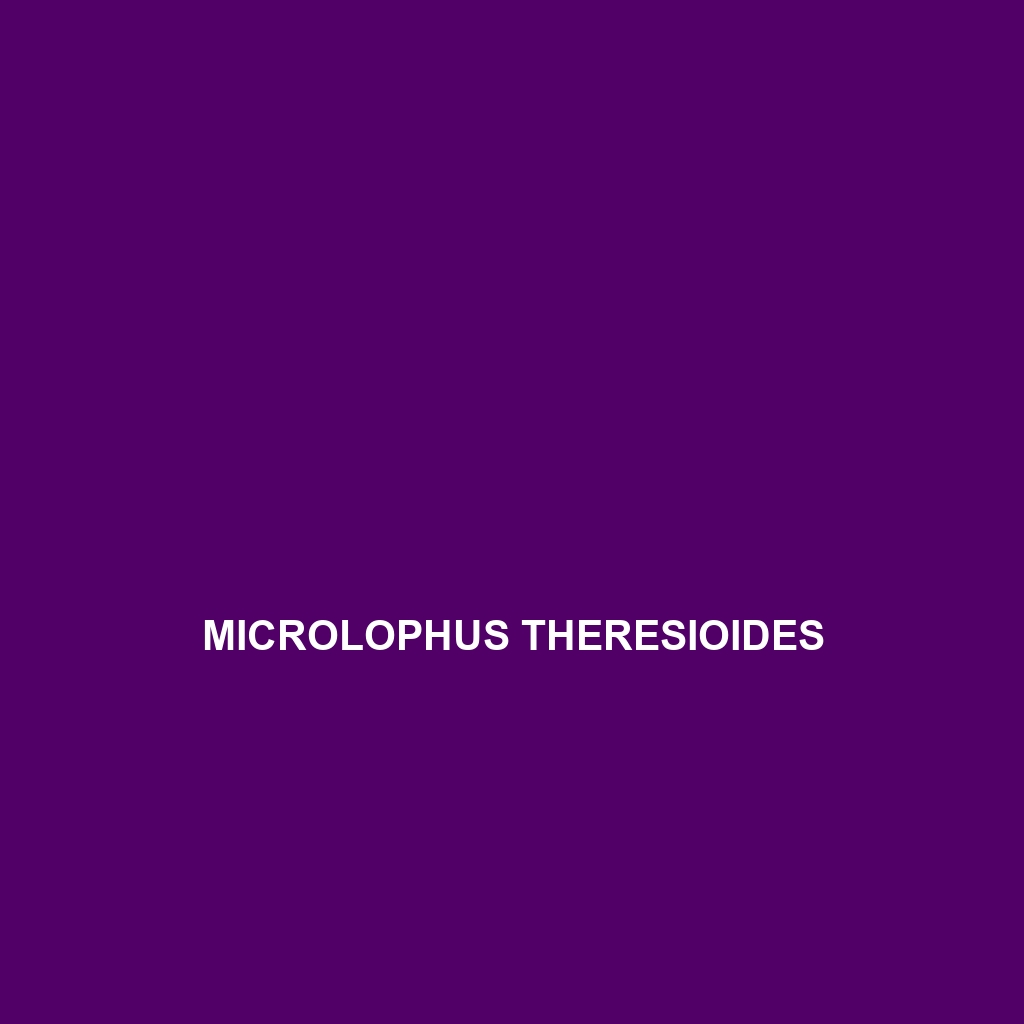Discover the Tuwaiq Agama (<i>Pseudotrapelus tuwaiqensis</i>), a medium-sized lizard native to the Arabian Peninsula, known for its striking blue and black coloration in males, adaptability to arid habitats, and crucial role in controlling insect populations. With diurnal habits and fascinating social behaviors, this resilient reptile thrives in rocky terrains, showcasing its unique adaptations to desert life.
Tag: sexual dimorphism in lizards
Pseudotrapelus neumanni
<p><b>Pseudotrapelus neumanni</b>, also known as Neumann's lizard, is a diurnal insectivore native to arid regions of North Africa, characterized by its streamlined body, vibrant blue throat in males during mating, and remarkable adaptability to harsh climates. With a diet primarily consisting of insects and a vital role in controlling populations, this species is crucial for maintaining ecological balance.</p>
Pseudotrapelus tuwaiqensis
Discover the Tuwaiq Agama (<i>Pseudotrapelus tuwaiqensis</i>), a medium-sized lizard native to the Arabian Peninsula, known for its striking blue and black coloration in males, adaptability to arid habitats, and crucial role in controlling insect populations. With diurnal habits and fascinating social behaviors, this resilient reptile thrives in rocky terrains, showcasing its unique adaptations to desert life.
Pseudotrapelus neumanni
<p><b>Pseudotrapelus neumanni</b>, also known as Neumann's lizard, is a diurnal insectivore native to arid regions of North Africa, characterized by its streamlined body, vibrant blue throat in males during mating, and remarkable adaptability to harsh climates. With a diet primarily consisting of insects and a vital role in controlling populations, this species is crucial for maintaining ecological balance.</p>
Podarcis tiliguerta
<b>Podarcis tiliguerta</b>, commonly known as the <i>Italian Wall Lizard</i>, is an adaptable species found in Mediterranean regions, celebrated for its striking coloration and diurnal behavior. With a diet of insects and plant matter, it plays a crucial role in the ecosystem by controlling pest populations while also serving as prey for larger animals.
Platysaurus orientalis
Discover the vibrant Platysaurus orientalis, or Eastern Flat Lizard, known for its striking colors and flattened body that aid in camouflage. This diurnal insectivore thrives in southern Africa's savannas and temperate forests, playing a crucial role in regulating insect populations and contributing to ecological balance.
Microlophus theresioides
Discover the vibrant Galápagos Lava Lizard (Microlophus theresioides), known for its striking coloration and unique adaptations to rocky volcanic habitats in the Galápagos Islands. This diurnal insectivore plays a crucial role in the ecosystem by regulating insect populations and serving as prey for larger predators.
Liolaemus uspallatensis
<b>Liolaemus uspallatensis</b> is a robust, diurnal lizard native to the temperate regions of the Andes in Argentina, characterized by its earthy color patterns and territorial behavior. Measuring 15 to 20 cm in length, it primarily feeds on insects and gives live birth, playing a crucial role in its ecosystem as both predator and prey.
Liolaemus scorialis
<strong>Liolaemus scorialis</strong>, a striking lizard native to the arid regions of South America, features a slender body averaging 25-30 cm in length, with earthy tones for camouflage. Known for its diurnal behavior and unique reproductive strategy of live birth, this species plays a vital role in pest control and maintaining ecological balance.
Liolaemus lutzae
Discover the vibrant and adaptable <b>Liolaemus lutzae</b>, a high-altitude lizard native to the temperate forests and rocky outcrops of Chile and Argentina. With striking coloration, unique social behaviors, and a diet primarily consisting of insects, this species plays a crucial role in its ecosystem while showcasing fascinating mating rituals and territorial displays.









